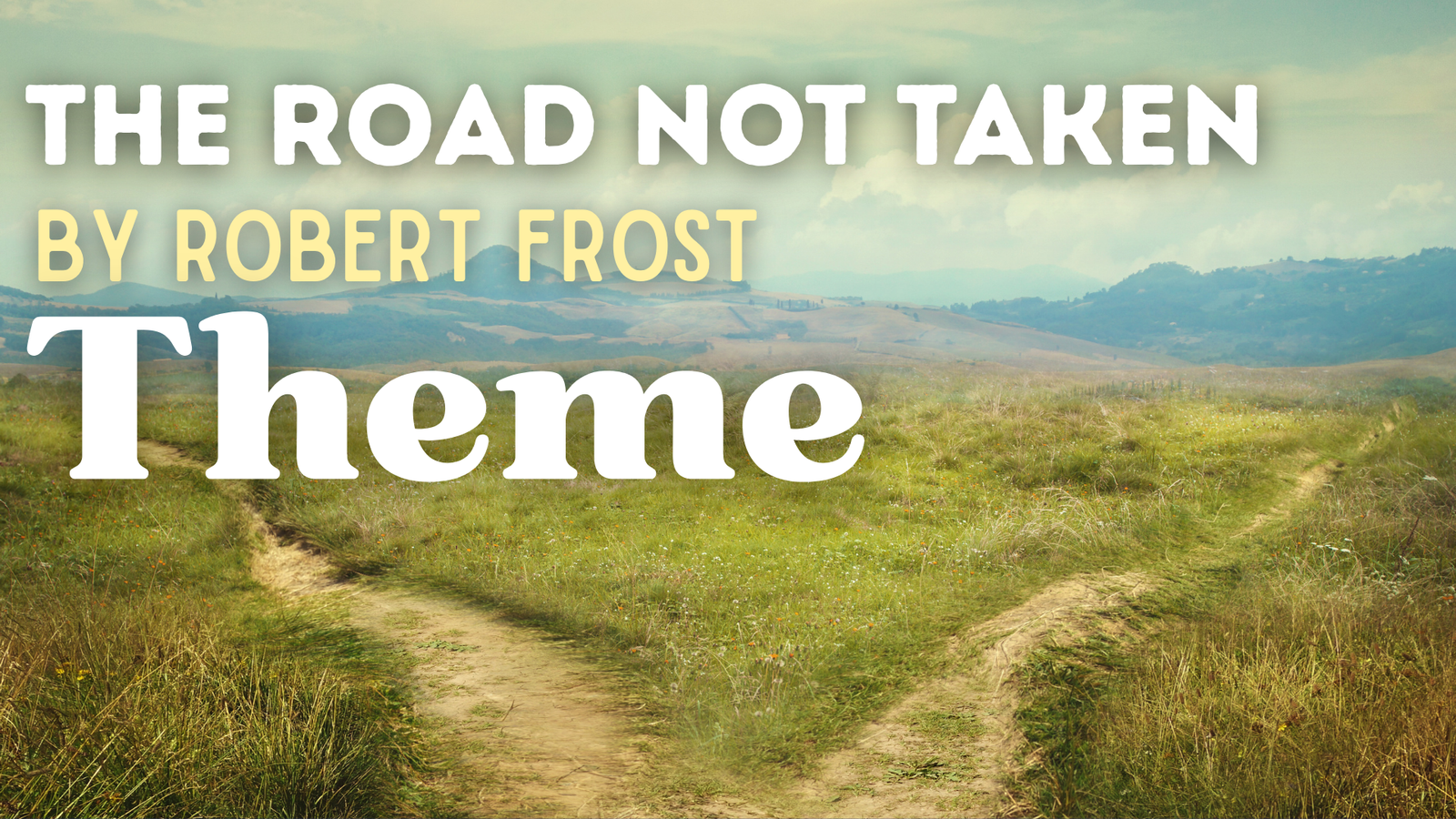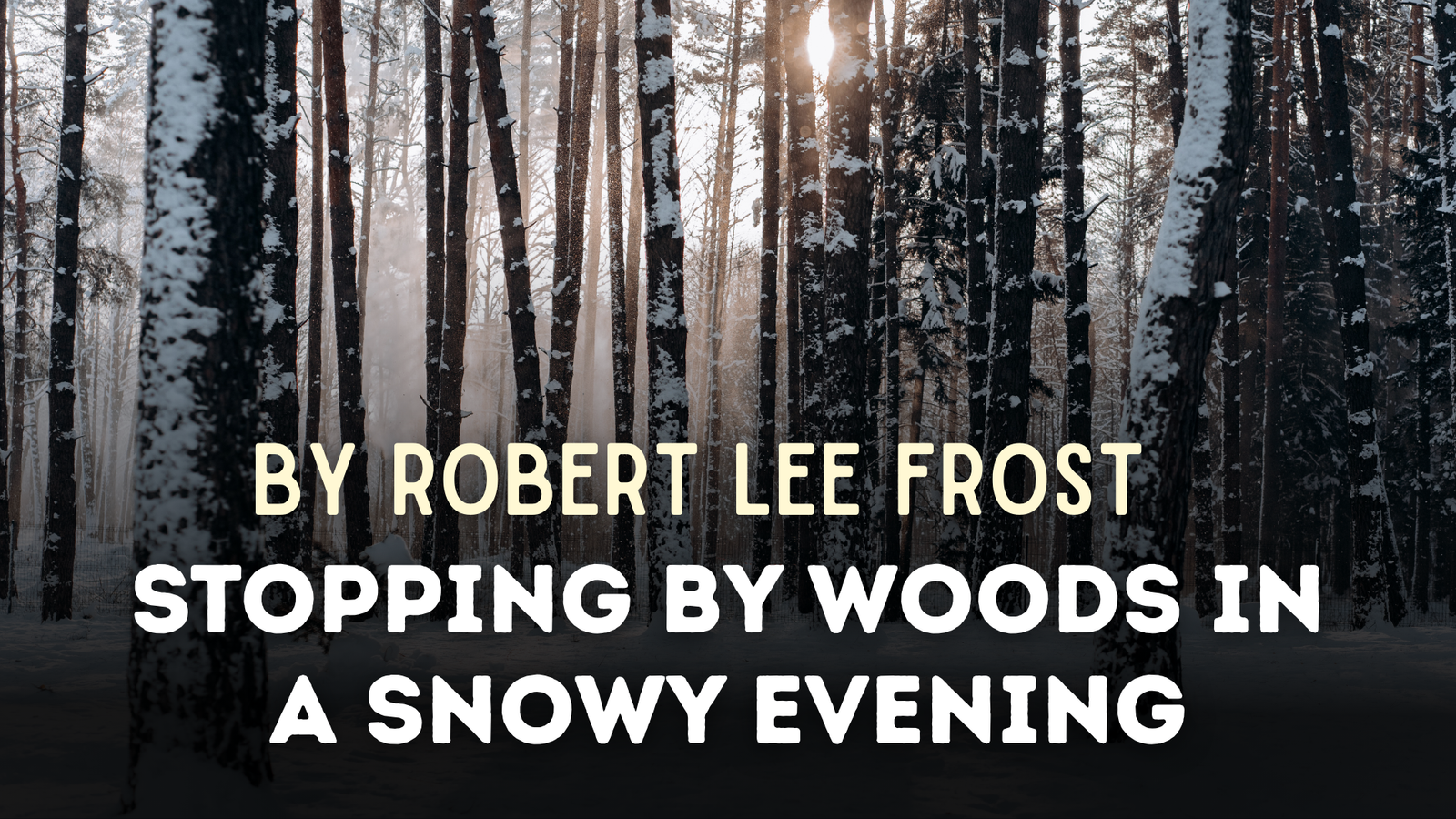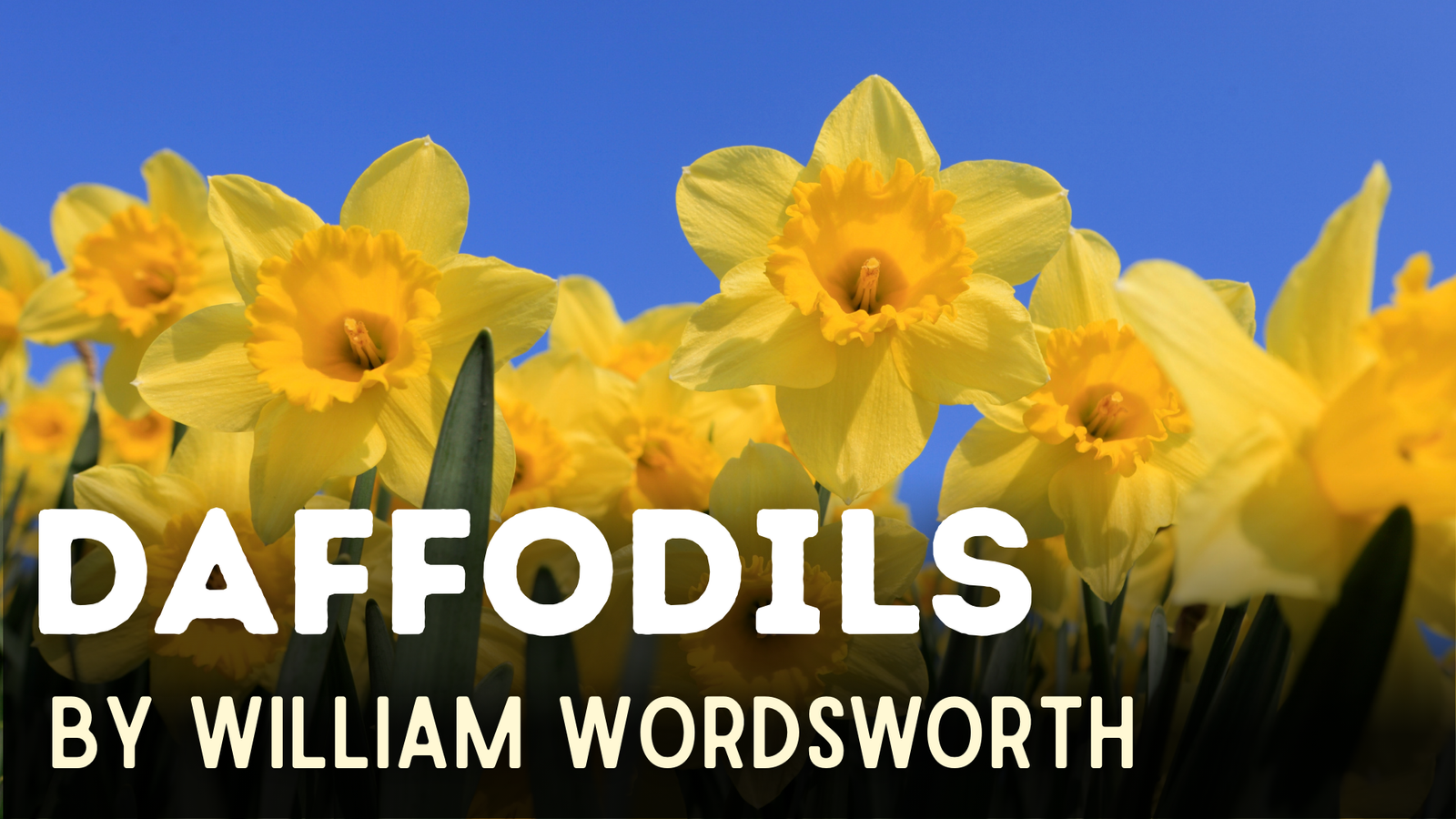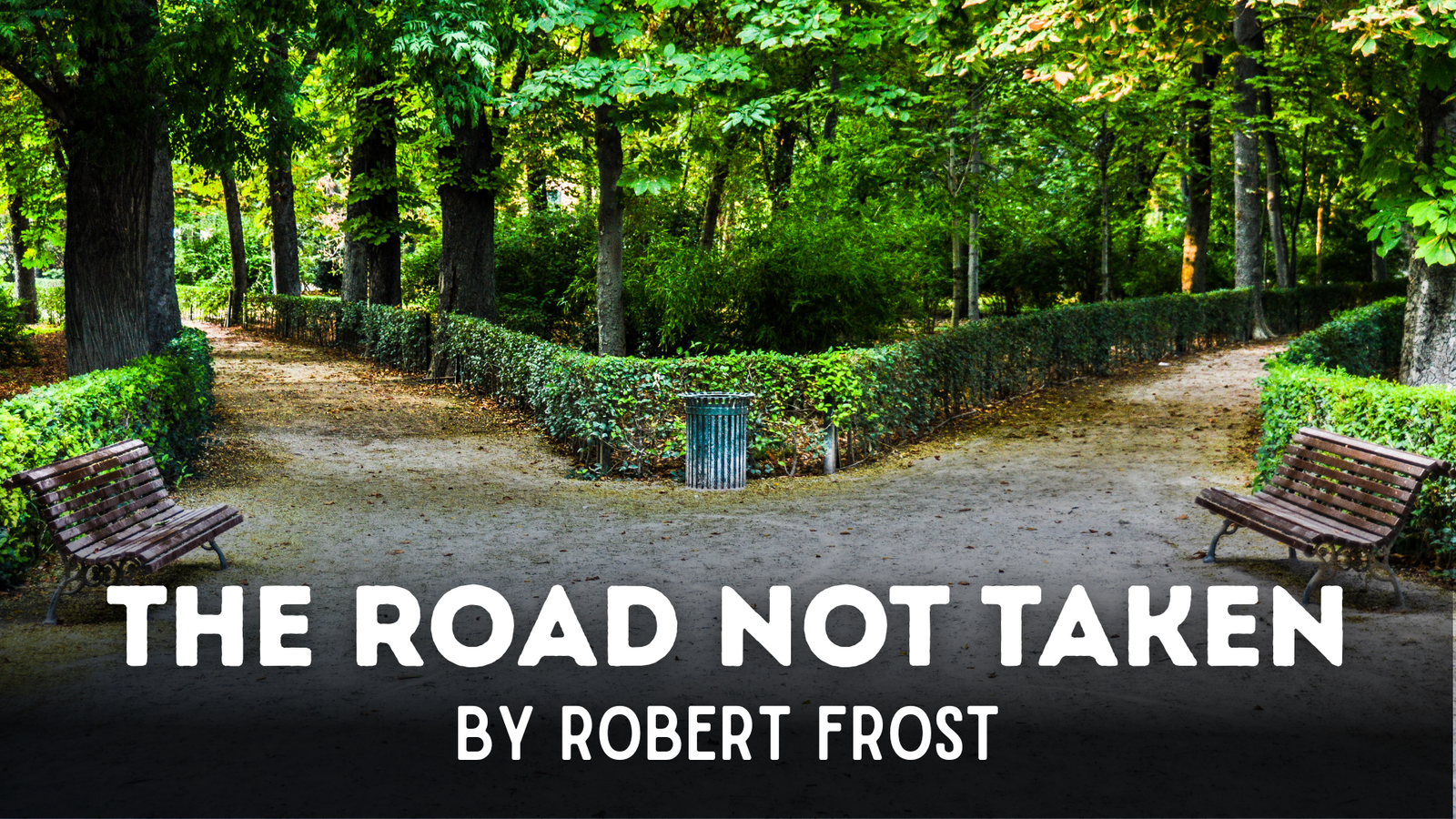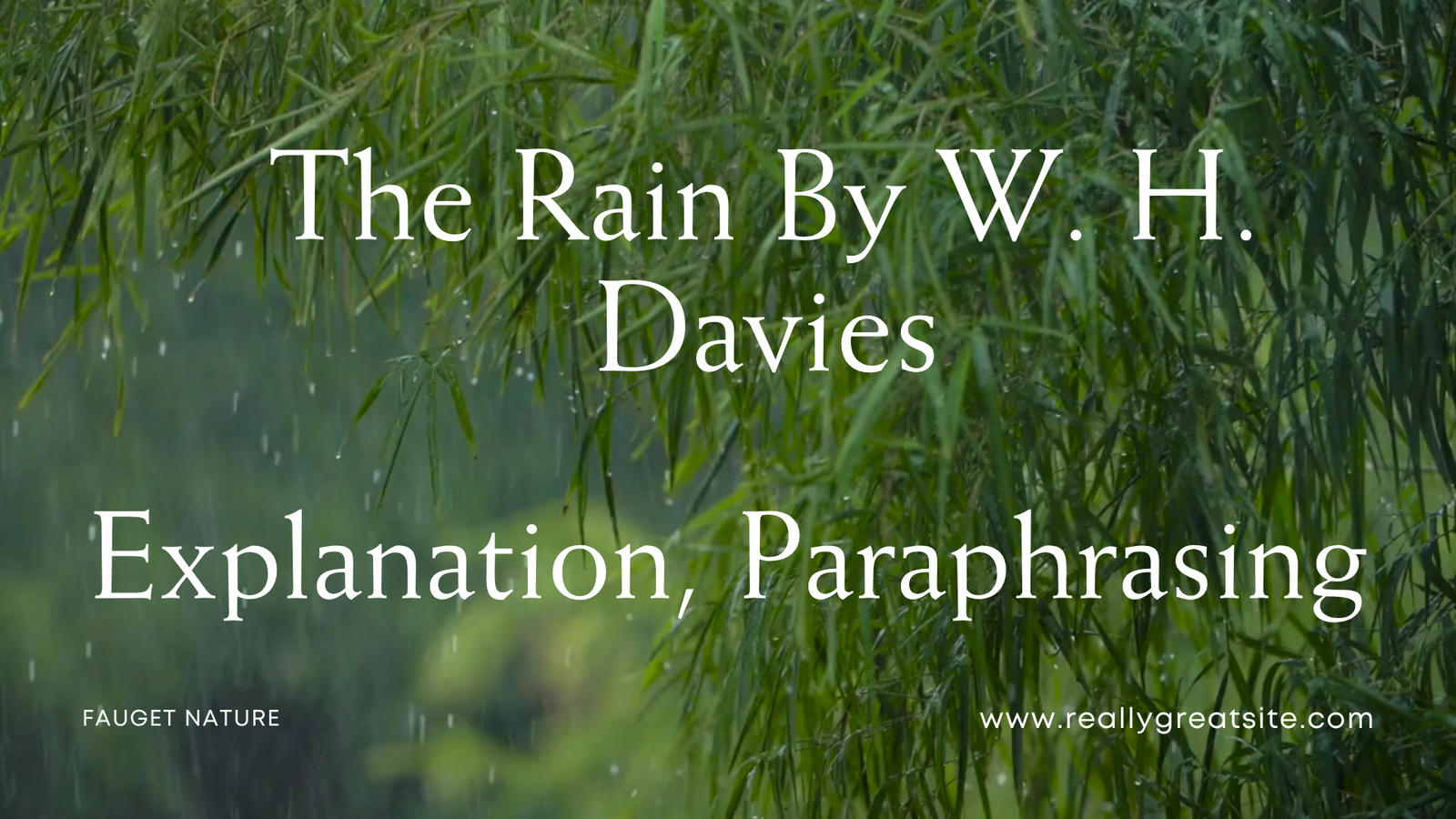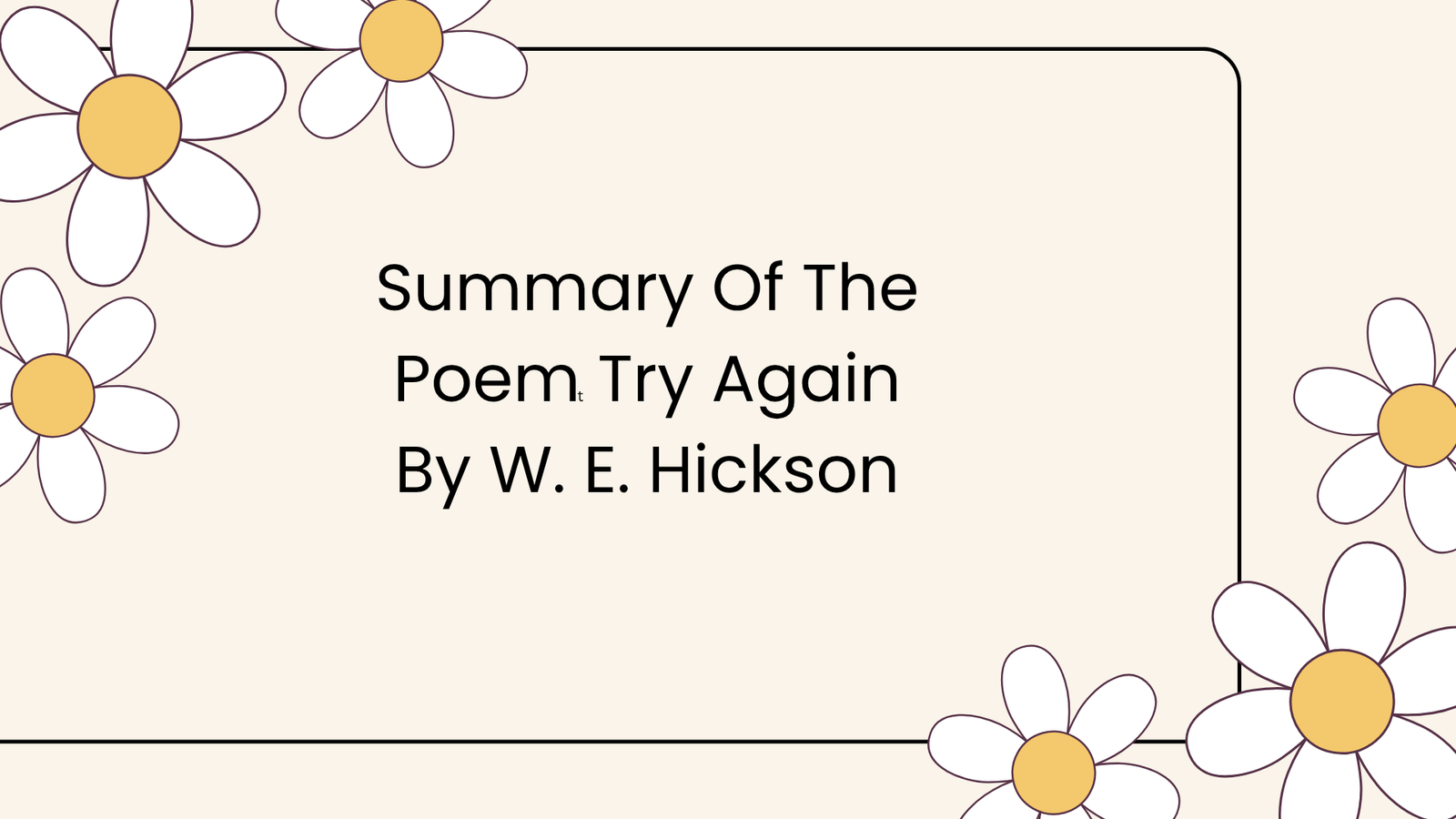Today, we will study the beautiful poem The Road Not Taken by Robert Frost. We will discuss its summary and provide a complete analysis. This article is perfect for students seeking a better understanding of this poem, as it explores themes of choice, regret, and introspection.
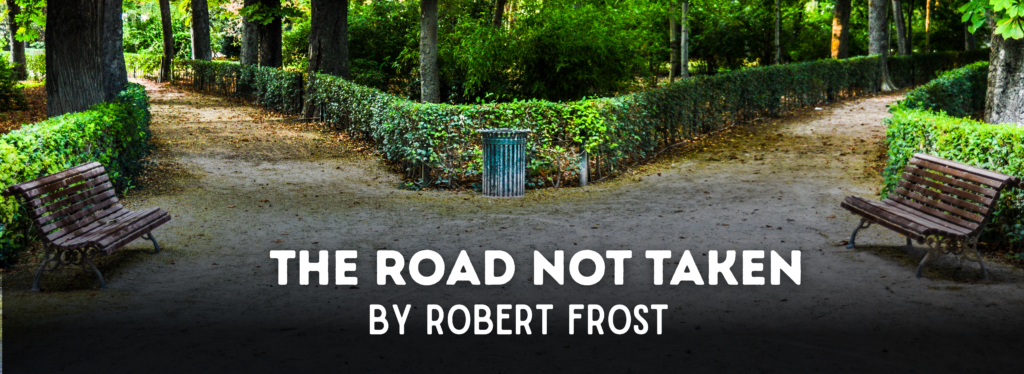
Introduction Of Poet – Robert Frost
Robert Frost (1874–1963) is one of America’s most celebrated poets, renowned for his vivid depictions of rural life and deep philosophical insights hidden within simple everyday scenes. Written in 1915 while he was living in England, “The Road Not Taken” remains one of his most famous and most quoted poems, admired for its timeless theme of choices and consequences.
Poem Introduction
At first glance, Robert Frost’s “The Road Not Taken” seems to celebrate the spirit of individualism: the courageous choice to forge your own path. Yet, when we delve deeper, we uncover a richer, more intricate narrative: the poem explores the complexities of decision-making and the narratives we create around our choices. Imagine the speaker in a peaceful autumn forest, faced with a fork in the road, where each path represents a unique journey in life. This moment captures not just a choice, but the weight of uncertainty and the stories woven from the roads we decide to take, and those we leave behind.
Apparent Meaning
At its core, the poem depicts a lone traveler who arrives at a crossroads in the forest:
"Two roads diverged in a yellow wood,
And sorry, I could not travel both…"
He carefully examines one road but cannot see where it leads because of the thick undergrowth. Finally, he chooses the other road, thinking it looks less worn:
"Then took the other, as just as fair,
And having perhaps the better claim,
Because it was grassy and wanted wear…"
Yet the speaker quickly realises that, in truth, both paths were equally covered with fresh leaves:
"Though as for that the passing there
Had worn them really about the same,
And both that morning equally lay
In leaves no step had trodden black."
Hidden Meaning
Beneath the seemingly simple scene lies Frost’s subtle irony. The poem suggests that we often construct narratives about our choices to give our lives meaning and direction, even if the options themselves are not significantly different. The speaker acknowledges that he may never return to explore the other road.
"Yet knowing how way leads on to way,
I doubted if I should ever come back."
In the final stanza, he imagines himself in the future, telling others that choosing the road “less traveled” changed his life:
"I shall be telling this with a sigh
Somewhere ages and ages hence:
Two roads diverged in a wood, and I—
I took the one less traveled by,
And that has made all the difference."
Frost does not clarify if the “difference” is genuinely significant or merely a reflection of the speaker’s desires.
Moral Lesson
This poem beautifully captures the essence of life as a tapestry woven from countless choices, both significant and trivial. At times, the paths we encounter may seem vastly different; other times, they bear a striking resemblance. What truly defines our journey isn’t merely the decisions we make, but how we embrace them and find harmony in our choices. As the adage goes, “Hindsight is 20/20.” Each road we select not only carves our course but also transforms our memories, giving depth and meaning to our experiences.
Conclusion – The Road Not Taken By Robert Frost
“The Road Not Taken” is a captivating exploration of the choices we face and the regrets that can linger. It reminds us that while we can’t walk two paths at the same time, we have the power to embrace our chosen route with courage and acceptance. As the saying goes, “Don’t cry over spilt milk.” Instead, let’s celebrate the journey we’re on and have faith that it will shape our lives in extraordinary ways. Every path we choose shapes our unique story, so let’s proceed with confidence! I hope you find the summary and analysis of the article, “The Road Not Taken,” helpful.
